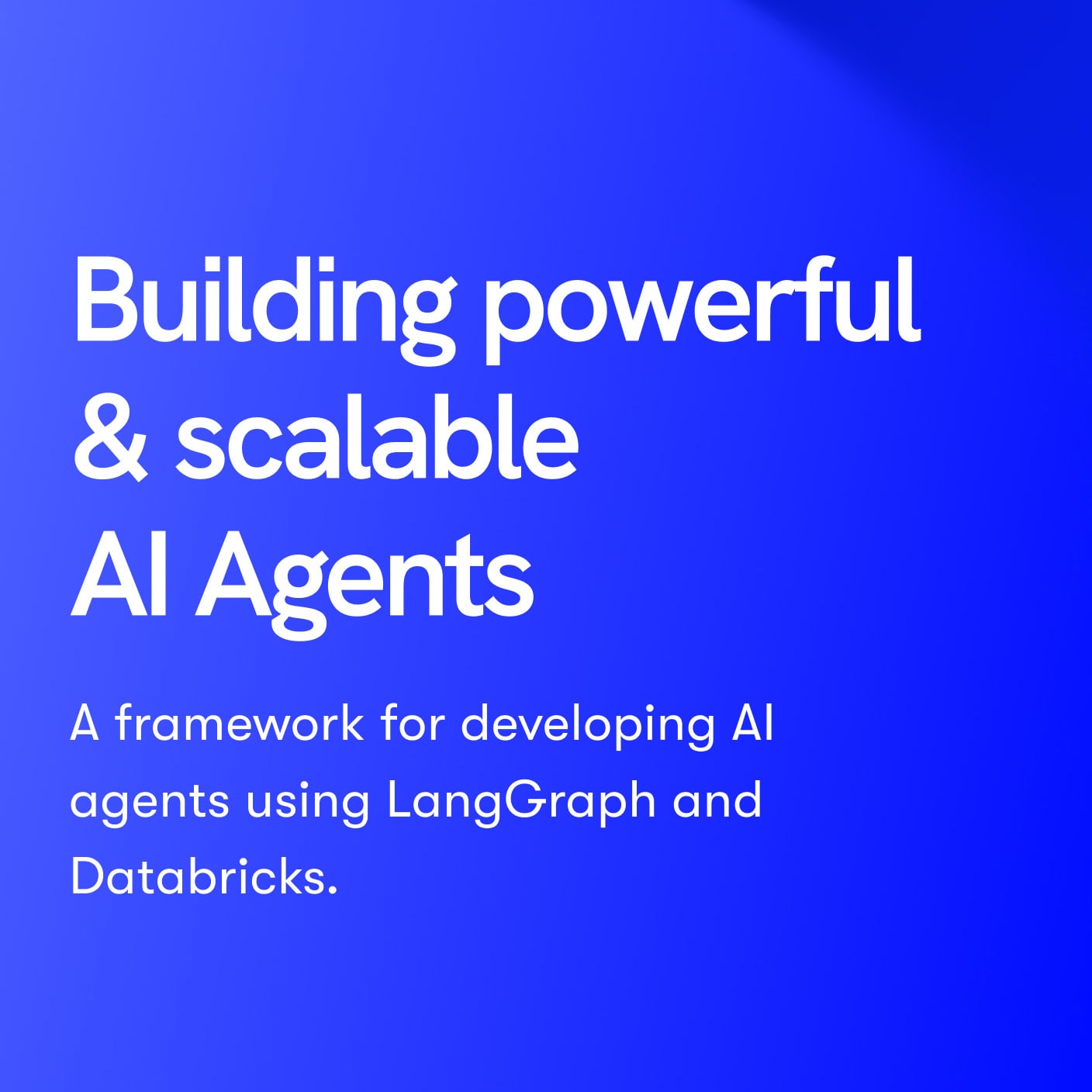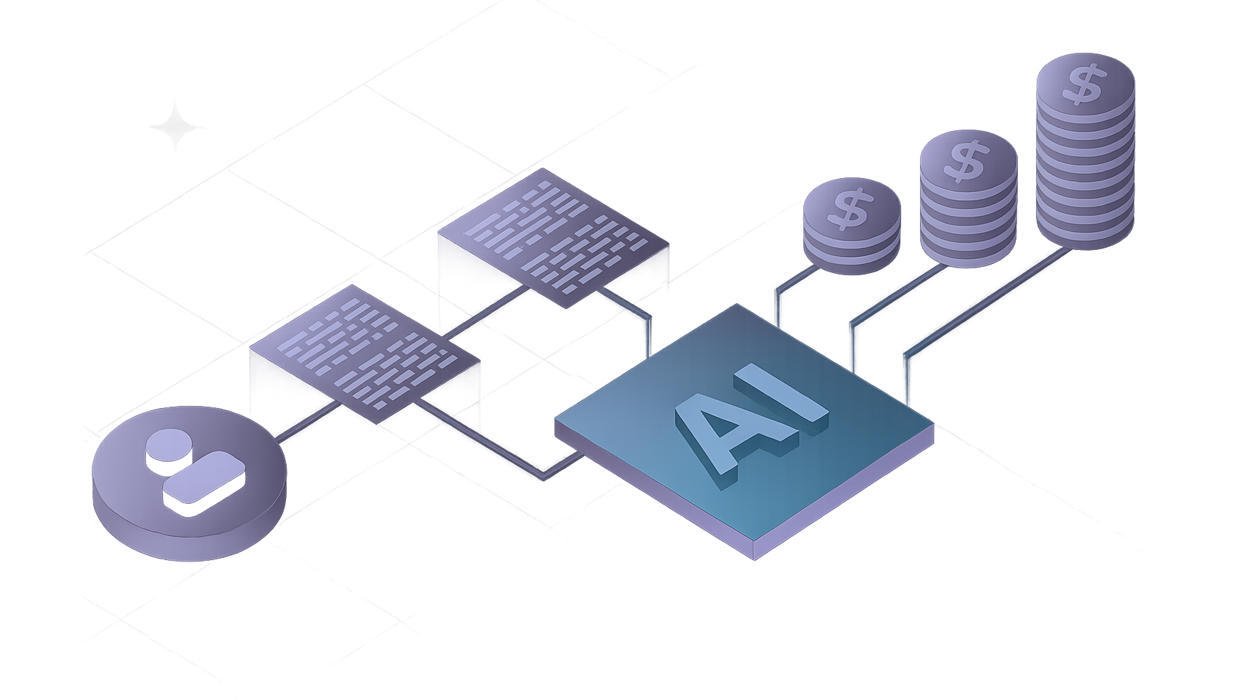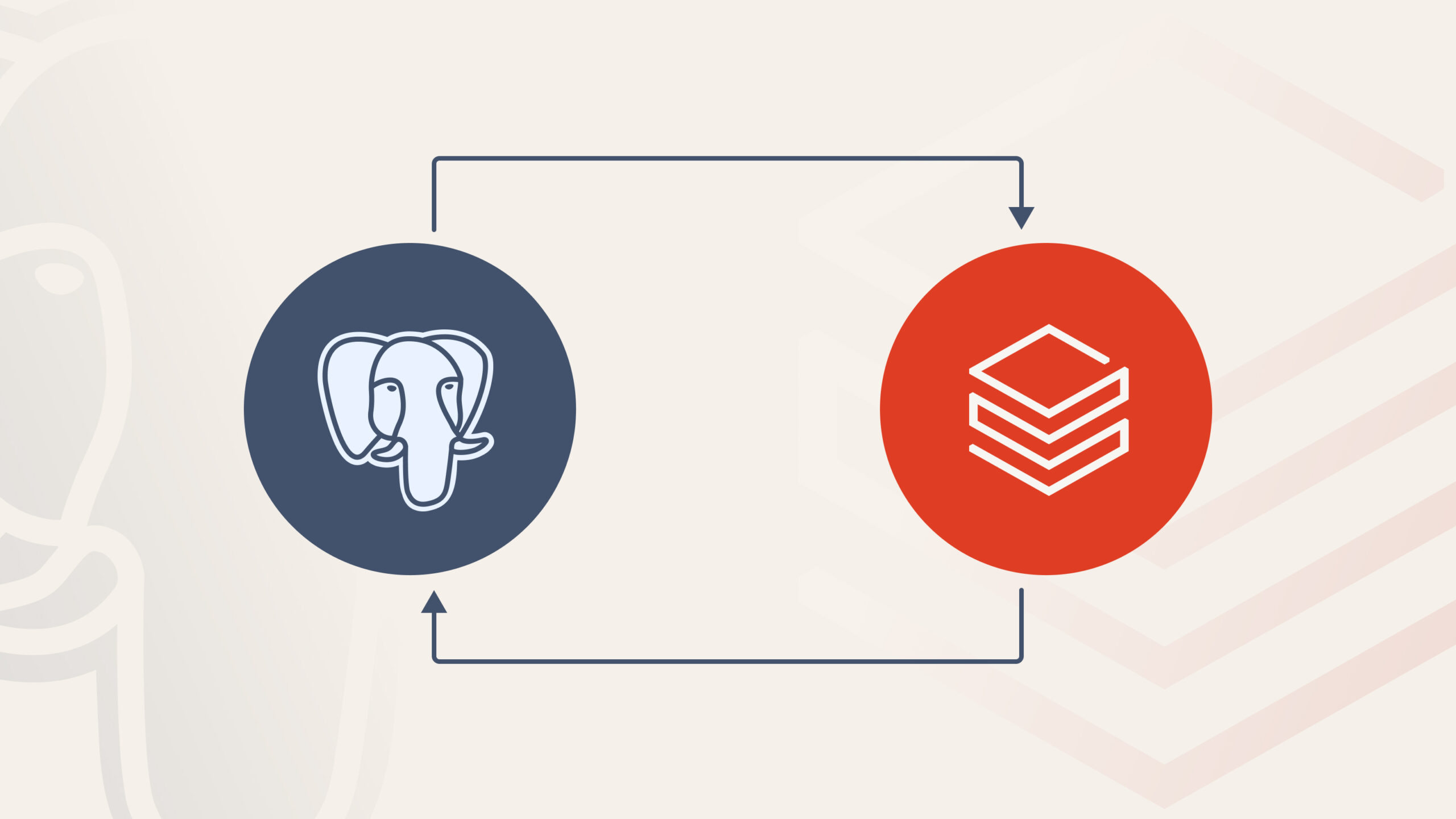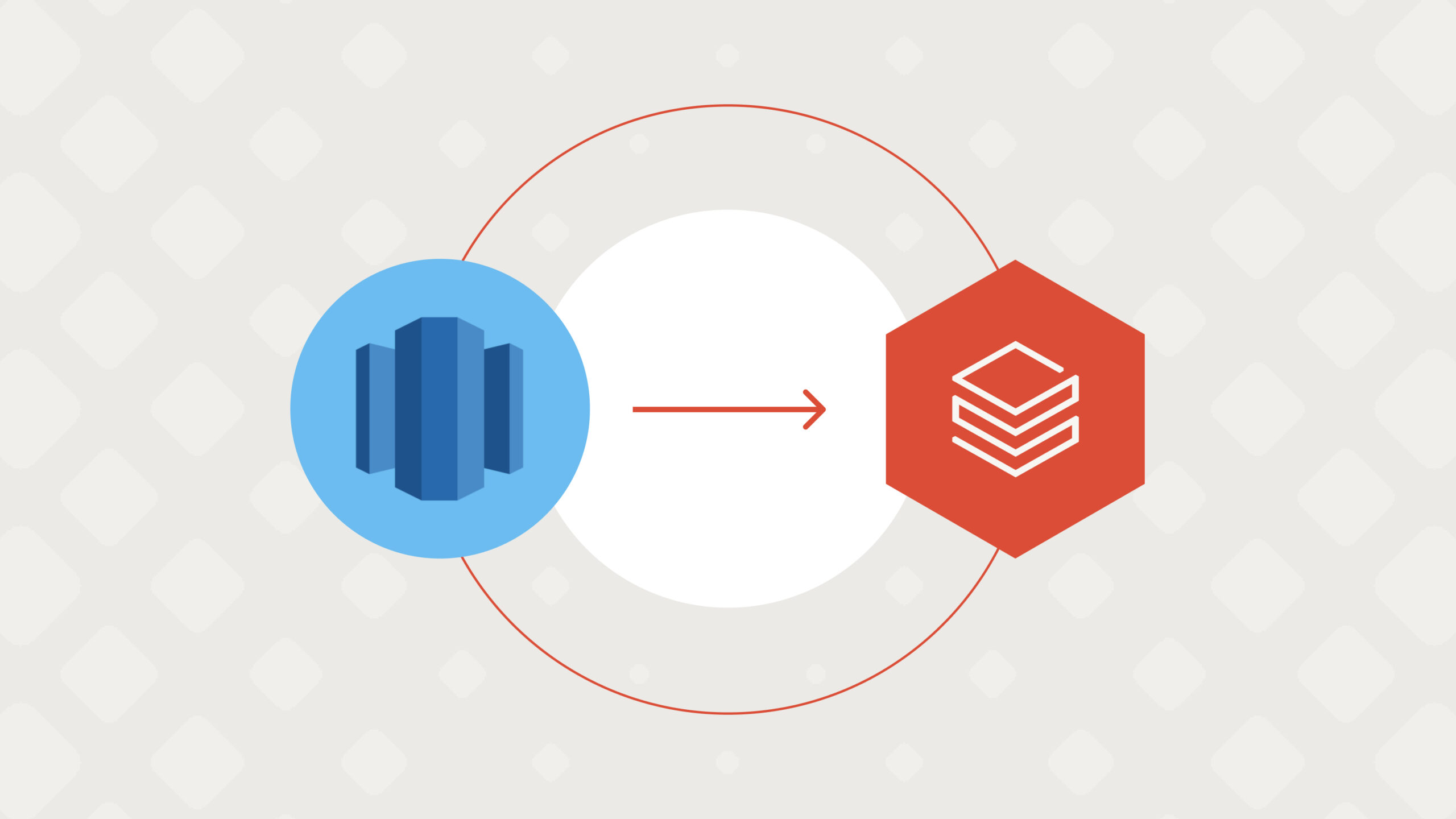Most of us are so comfortable using the Internet and web-based software that we rarely consider the technology behind the magic. In fact, the software created by web application development teams is such a huge part of our daily routine it hardly seems magical at all.
Hidden beneath the pixel-perfect user interface and feature functionality lie the complex elements of front-end presentation, back-end processing, security, and scalability that provide end-users with world-class experiences.
In this article, we are going to dive deeper into various aspects of web applications, discusses the common misconceptions between web applications and websites, and highlight some differences between web and mobile application development.
What is a web application?
Let’s start by laying out the basic terminology and defining what we actually mean when we refer to web application development:
To put it simply, a web application is a computer program that is delivered over the Internet, uses a browser interface to perform a particular function and runs on a remote server, contrary to the software programs that operate locally on the operating system (OS) of a device. As mentioned, these apps can be accessed by users through any web browser that has an active Internet connection, and some frequently-used examples of web apps include basic contact forms, online retail stores and e-commerce shops, online calculators, web mail, banking platforms and online auctions.
Most of the previously mentioned examples, as with basically all web applications, are programmed using what is known as a client-server modeled structure program. That means it has a client and server-side. The term “client” refers to the program that the user uses to run the application, not the user itself. Therefore, the client is provided with the services it requires through an off-site server, hosted by a third-party provider. When working with databases, the client is the program through which the user enters data, and the server-side of the model will be the application that stores the information.

As software tools, web applications allow for better communication between businesses and their customers or clients alongside simplifying certain tasks or processes. They are designed for multiple uses and for a wide variety of users, since they can be of great help in the most basic to the most complex actions: from condensing a key step on an organizational process or task, to helping an individual user access an online calculator or shop for clothes, these web applications are more present on the Internet than we think of.
How do web applications work?
In comparison to native applications, web applications do not need to be downloaded since they are accessed through an Internet browser, whether that is Google Chrome, Mozilla Firefox, Safari or any other similar alternative.
For a web app to be operational, it needs a web server and a database. The web servers act as a server manager, which is in charge of managing client requests, all while the application server performs and completes the requested tasks. The database is used to store any of the information that the client needs to complete the latter tasks.
These types of applications typically have short development cycles and programming for web apps can be done by small development teams. Most of them are built in programming languages such as JavaScript, HTML5 or Cascading Style Sheets (CSS). In the case of programming for web apps, these languages are normally used for the client-side, which can also be known as the apps’ front-end. However, the server-side of web apps are commonly programmed with languages such as Node.js, C# and Ruby on Rails, since this side will be the one in charge of bearing the scripts the web app will use.
The process of interacting with a web application consists in the following steps:
- The user creates a request that goes on to the web server by using the Internet and through the app’s user interface (UI)
- Once this request is sent, the web server sends it over to the web application server
- Then, the web application server executes the requested task and then generates the results of said required data
- Immediately after the last step is completed, the web application sends over the results to the web server, now in the form of processed data
- The web server translates the requested information to the client, via the device they are currently using: desktop, mobile or tablet
- The requested information is shown on the user’s device display
Web apps vs. websites

Since web apps live on the Internet and are easily accessed via an Internet browser, a frequently asked question has to do with the differences between a website and a web app.
To start off, what is a website?
We can define a website as a group of globally accessible and interlinked web pages that are listed under a single domain name. A website can serve a multitude of goals and purposes, as well as there being many reasons why you would want to create one. There are as many website categories as you can imagine: from blogs to company websites and e-commerce sites, websites can be hosted on single or multiple web servers, and are accessible via an Internet network or a private local area network. The main advantage websites have is that they display relevant content to users in a friendly manner which includes aspects that have to do with usability and design, such as diagrams, logos (user interface) and a coherent navigation (user experience). The second major aspect is that they are easily searchable: relevant search engines such as Google or Yahoo can almost instantly find billions of websites and show their results to everyone who does a quick search.
Taking into account the information above, we will now distinguish the key differences between a web app and a website, by comparing them in the following chart:
| Web Applications | Websites | |
|---|---|---|
| Goal | Web applications are designed for an improved and maximized interaction with the end user. | Websites aren’t as complex and mostly consist of static content, which means the content doesn’t update dynamically. |
| Complexity | They have much higher and complex integrated functionalities in comparison to a website. | They display certain information and collect data on a specific page. |
| Compilation | Web apps must be pre-compiled before deployment. | There’s no need for websites to be pre-compiled. |
| Deployment | All changes implemented to web apps require that the entire product is re-compiled and deployed. | Small updates and changes don’t require that websites go through a full re-compilation and deployment. What mostly only needed is an HTML code update. |
| Type of software | A web app is part of a website, but it is definitely not a complete one. | A website acts as a complete product, which users can access through a Internet browser. |
| Data manipulation | web application users can read the content of these apps but also manipulate this data. | Website users can only read the websites’ content but not manipulate any data. |
| Authentication | They need authentication since they offer a broader scope of options. | Authentication is not mandatory for simple websites. Users can register for regular updates or to access additional features, but not complex structures as the web app offers. |
What are the main advantages of web apps?
Since web apps have many potential and different uses, there are multiple advantages you should consider when it comes to including one in your product. In the following section we’ll highlight some of the main advantages of web applications:
- No need for downloads: Since they don’t run directly on the devices’ operating system, a.k.a they aren’t native to any OS, web apps don’t need to be installed. This is one key advantage since they won’t cause storage limitations on your device.
- Cross-device compatibility: Web apps can be accessed through various platforms such as desktop, mobile or tablet devices, which allows for a greater compatibility across different devices. Therefore, multiple users can access the same app’s version without the need for customizing it for each device and thus reducing compatibility issues.
- Easy access: The only thing required to access a web app is a stable Internet connection and a Web browser. Other than that, and as long as the browser you are using is compatible and up-to-date, you can access them from anywhere!
- Fewer development costs: Web apps can be built with fewer resources, reducing costs for both the end-user and business. This is mainly because they do not require a profound adaptation to an operating system. The latter in turn means that they will lack the intricate and performative UX/UI features that other platforms like native apps have.
- Maintenance costs: Along with a reduction in development costs, Web apps also don’t require constant updates and bug fixing. Moreover, these applications are easier to keep up to date because changes are applied centrally and are effective almost immediately.
- Piracy reduction: Web applications help in the reduction of software piracy, specially for subscription-based applications.
General principles of custom web application development

Common practices exist on web application development teams regardless of the software features. These underlying principles form the best practices that govern how teams develop and design world-class software for a web environment. While the details may vary from team to team or based on the practical application of the solution, every web application should adhere to some form of the following:
Reliable, scalable, and maintainable code
The five nines standard often defines the reliability of most web applications. Five nines means the software should be available for use and functioning correctly 99.999% of the time. High-quality software is so critical to end-users that Standard Licensing Agreements (SLAs) often include a clause requiring that the software should meet or exceed the five nines standard.
Alongside as meeting the five nines, a second aspect developers should consider has to do with Scalability. Scalability refers to the software’s ability to handle a growing number of concurrent users. Put another way, software’s scalability determines if it will meet reliability standards during peak usage or spikes in the number of users accessing the application at the same time. Web application developers code to scale through elastic cloud hosting environments, ensuring sufficient data connections are available and writing performant and efficient source code. Scalability as a term goes beyond following technical specs, and can also refer to a software product that can later on adapt to the changing faces of technology.
While launching a new web application may seem like the end of a long journey, it’s only the beginning. Most software requires regular maintenance updates and will have new features or enhancements added. Maintainable code, written according to coding standards, documented, and layered into components, allows programmers to add new features and maintain the code efficiently.
Once a team has identified an appropriate tech stack (MEAN or LAMP, for example) that offers compatibility with their team skill set and meets the application’s needs, best practices for reliability, scalability, and maintainability can be established. Popular tech stacks often have active communities where developers can share information and best practices and help each other troubleshoot issues.
Clear and complete documentation

Extensive documentation of web applications serves multiple purposes, from helping with the onboarding process of new team members, reminding the team of technical decisions to keeping best practices or deployment procedures close at hand.
Rather than creating volumes of digital paperwork stored on a corporate drive, developers create documentation that is easily accessible. For example, comments written directly in the code help the next developer understand existing functionality and dependencies. Deployment checklists posted on a physical or virtual wall ensure proper merging, versioning, and security processes are followed. And, README files contain a technical change log that provides a historical record of individual file changes.
Development process
A team’s process to get from product vision to working software is as important as what it delivers. Many software teams use an agile software development methodology, typically either Scrum or Kanban.
Teams need high-quality issue tracking software like Jira or Trello to manage their work and priorities. The best of these tools integrate with code repositories and automated testing systems that support automation for continuous integration and continuous delivery (CI/CD) practices.
Another development process uses pre-commit hooks to serve as a double-check of the code before merging and deploying to multiple pre-production environments like dev and staging. Developers must also code graceful error-handling mechanisms to assist the user should an unexpected error occur within the system.
Security

Web applications and the way information travels across networks created security concerns not applicable to desktop software. Establishing security practices in Web applications is critical to onboarding new users who trust the software developers to keep their data safe and secure. When reaching out to the different web application development services, this is one of the elements that should be under their umbrella of top priorities. Working on your app’s security is something that must be built into the very foundation of the product you’re creating, it is not a simple accessory feature you can add at the end of the development process. Authentication mechanisms must be in place from the project’s beginning so as to secure data and avoid any vulnerabilities.
The Open Web Application Security Project (OWASP) creates open-source security software projects to help developers build safe and secure software. Developers also use integrated development environments (IDEs) with static code analysis tools that alert them of code that doesn’t comply with security standards.
Dynamic program analysis tools allow developers to test the inputs and outputs of data in working programs to find potential security leaks and fix them before they are deployed to production. Knowledge about programming languages and tools are as essential as learning about web vulnerabilities!
Along with the tools mentioned above, regular penetration testing and devops security best practices equip web developers to handle the responsibility of safeguarding their users’ data and their internal systems from malicious activity on the internet.
Back-end technologies for web application development

Now that we’ve covered the general framework for a web application, let’s take a look at some principles that drive web apps’ back-end development.
Along with using the appropriate back-end programming language like Node.js, .NET Core, or Go — depending on the chosen tech stack — the development team needs to build a stable and configurable logging framework to track user and system activities and errors.
The back end shares in ensuring the application is reliable, maintainable, and scalable. Dividing the functional responsibilities of the back-end web services by layer allows developers to:
- Minimize unnecessary network data transfers to reduce security risks
- Ensure optimization of their code for performance and reliability
- Scale on demand to meet usage spikes
Layering isolates controllers, use case or business case logic, and data layers, for example, into individual containers.
The back end of web applications usually includes a stable version of a relational or non-relational database that uses RESTful or GraphQL APIs. Databases use object-relational mapping (ORM) to communicate with a relational database management system (RDBMS). Best practices encourage validation requests for content, usually with schema validation and the use of strongly typed objects.
Front-end technologies for web applications

While the back end of web apps escapes users’ scrutiny, the front end of web applications is the showcase for design thinking practices that result in the visual design and usability built into custom software. Combined, the user interface (UI) and the user experience (UX) make up the software’s GUI, or graphical user interface.
Web applications must be responsive and user-centered, meaning they must provide an equally delightful user experience regardless of the device or browser used to access the software. Of course, many software products limit the type of devices, browsers, and versions they support, but there are usually several platforms that to consider.
Like back-end technologies, the front end must also isolate responsibilities by creating separate components, allowing specific functionality to be reused throughout the application. To accomplish this, front-end developers use frameworks like React and Angular. Achieving consistent styling throughout the app requires clear, high-quality CSS or using a compilable stylesheet language like Sass that delivers the UI at runtime.
Web app vs. mobile app development

While Web and mobile apps may appear similar to the end-user, the technology is quite different. Mobile apps are similar to desktop apps in that they are downloaded to a user’s device, typically a phone or tablet. Mobile apps transmit data across networks and communicate with other systems, but generally, they include functions that are contained within the app and only available to those with access to the device.
Web apps use CSS, JavaScript, and HTML to build the UI. In contrast, some mobile apps are native applications specific to a particular device and use languages like Swift, Objective-C for iOS devices, and Java for Android devices. React Native supports both iOS and Android.
Unlike mobile apps, web apps can usually be viewed on a mobile device by using a mobile web browser. Mobile apps cannot be viewed through a browser and are only accessed through a mobile device, and many aren’t supported for use on a desktop or laptop.
Another big difference between web and mobile apps is that users often use the mobile app even while their device is disconnected from a network. Web apps always require an active network connection to function.
Appreciating the complexities of web app development

We’ve only scratched the surface of the work, best practices and technology it takes to Web Applications. Aside from the basic functionality designed for the app, app developers must also consider other important principles in the Web app development process such as reliability, scalability, and security in their code.
Solid team processes and best practices need to be defined and communicated as the project evolves. The best tech stack, tools, back-end, and front-end technologies must all work in a harmonious manner to deliver a world-class experience for end-users.
A web application is continuously maintained and monitored for performance and issues throughout its life. The launch of a new web app is only the beginning. Developing your web app taking into account the principles and best practices we’ve described will help your software achieve its objectives and delight your users. Check out all of our services, including web application development services and connect with us today to talk about your product needs!
























